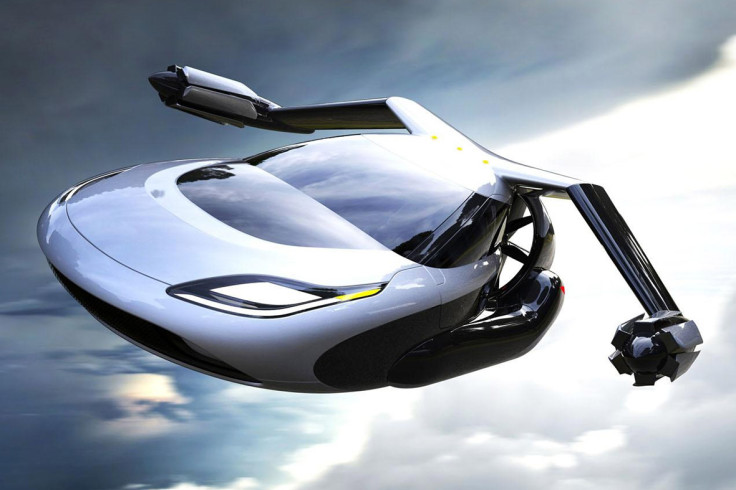Future transportation: Japan's flying cars and drones to get permanent testing routes

KEY POINTS
- Flying cars are being hailed as the future of transportation
- The route for testing will be determined based on various factors to prevent the risk of injury
- The government stated that usage of the sea and coastal routes could begin as early as this summer
Japan is planning to set up permanent routes for testing flights of flying cars in Fukushima this summer.
According to the Japanese government, the initiative is intended to aid in the ongoing restoration and revival of the disaster-stricken prefecture by attracting startup businesses in the industry.
The government aims to establish permanent flight routes over a coastal region of Fukushima Prefecture this summer for the testing of "flying cars" and drones, which are being hailed as the next-generation transportation or the future of transportation.
The route that will be used to test the futuristic vehicle
The proposed route connects bases at the Fukushima Robot Test Field in Minami-Soma and the Test Field Runway, 13 kilometres away in Namie, via three different routes – over the sea, along the coast, and over land. The facilities were jointly set up by the central and prefectural governments.
The route which will be used for testing will be determined based on various factors on the ground or sea to try to avoid and prevent the risk of injury to humans, in case the vehicle crashes or other accident occurs. The route will be built by ensuring that they avoid skies over populated areas, busy highways, and other locations.
In principle, several emergency landing places will be built along the routes, which will be located at altitudes lower than 150 metres. The Economy, Trade and Industry Ministry stated that test flight routes are often only set up during authorised testing periods, therefore, it is unlikely to have permanent ones.
The government intends to decide on the precise routes after checking the placement of power transmission towers, electrical wires, and other obstructions. According to the government, the usage of the sea and coastal routes could begin as soon as this summer.
The number of test flights needed for the practical application of flying vehicles is enormous, sometimes numbering in the hundreds to thousands. Therefore, the initiative anticipates the involvement of drone-related businesses at the beginning, with test flights of flying cars following at a future date.
The Fukushima Innovation Coast Promotion is a nationwide initiative led by the central government that aims to build a concentration of cutting-edge industries as the centrepiece for rebuilding prefectural coastal areas that were severely damaged in the Great East Japan Earthquake of 2011.
The Fukushima Hydrogen Energy Research Field, one of the largest hydrogen production facilities in the world, started operating in Namie in 2020. Meanwhile, the Fukushima Institute for Research, Education and Innovation, a cutting-edge global research, development, and training facility, is slated to debut in April this year.
SkyDrive gives people a glimpse into the future of air transportation
Meanwhile, SkyDrive, the manufacturers of Japanese electric vertical takeoff and landing aircraft (eVTOL), provided guests at the Dubai International Boat Show with a glimpse into the future of flying cars.
The Tokyo-based startup which creates electrically-powered flying cars that utilise drone technology ranked second at the Startup World Cup Grand Finale in 2022.
SkyDrive provided its guests with a glimpse into a future "beyond driving," where seamless air mobility may become a part of people's daily life like just like the modern cars today.
According to The Market Herald, Keisuke Yasukochi, Business development manager for SkyDrive, stated that the company initially focused on building drones before eventually expanding into developing passenger drones.
"We started by making drones then started making passenger drones back in 2018. And now we are in the stage of making the commercial models so it's going to be launched in 2025," he said.
Yasukochi added that they are making multi-copter models as well as smaller models for the commercial market to ensure that the vehicles can be utilised in urban areas, making it possible for anyone to catch an air taxi in the near future.
© Copyright IBTimes 2025. All rights reserved.





















